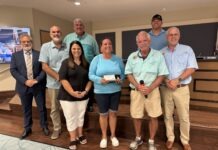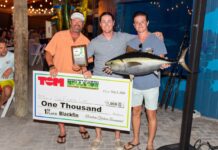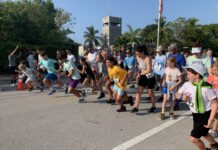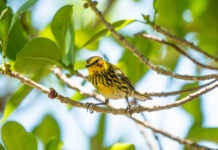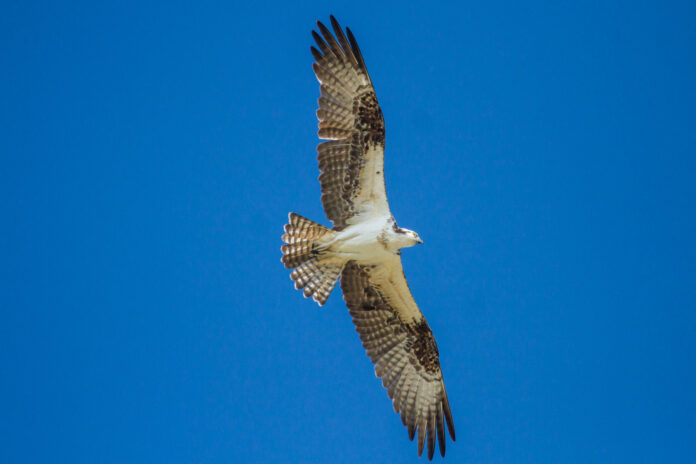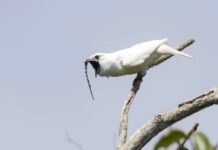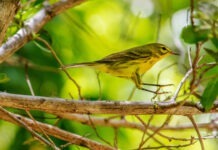It was weird. The last time I was on Mount Wachusett in northern Massachusetts I was 8, riding the chairlift alone. It was spring break and my elementary school had a weeklong program where they would take you up every morning from the school to the mountain. You could ski all day for cheap on the slightly slushy snow, which was cool. Except I’d found out, just before my parents dropped me off that morning, that my dog had to be put to sleep, and he’d be gone when I got back.
It wasn’t a fancy ski area (at the time) but they had loudspeakers on the lift poles playing the Top 40 of the era, and Eric Carmen’s just-released maudlin dirge “All By Myself” came on. I didn’t totally understand the lyrics, but I got the nominate chorus, and the crushing, violin-fueled bathos it evoked. It was all about loss and despair and hopelessness, sentiments I felt fully enveloped by in that moment, and the 4 minutes and 22 seconds it took the song to play. I can’t remember if I bawled my eyes out, but it seems statistically likely. The song seemed to back up my sense that life was going to be this miserable from there on out. (This turned out to mostly not to be the case.)
My more recent trip to Mount Wachusett was less traumatic, though it did contain some minor misadventure.
The directions I read online said to take the first road on the right after the ski area parking lot, which I did. It looked a little rough for a road in a state park – mostly dirt with a lot of potholes. After a while I saw someone on the side of the road with an ATV and an array of tools, working on what I think was snow-making machinery. I asked if this was the road to the hawkwatch. He said, What? No. This was a service road. I had to go back out to the main road and about a half mile up the hill to get to the state park.
The actual park road was well paved, but also steeper and twistier. You live in Florida long enough, you forget the world has such things as up and down and sharp corners that you can accidentally drive off. Which adds to the thrill.
It was late afternoon when I finally parked the car.
It wasn’t the tallest mountain in New England, but it was the tallest one around, and it felt like the whole world lay below. You could see the skyscrapers of Boston, about 40 miles away through the haze. You could also see parts of New Hampshire and Vermont, a little under 20 miles away, though the detail was diminished at that distance.
There was a fire tower, which was closed for the season, and a wider deck below. On the deck I could see a guy with a cat on a leash, walking it around the railing. I could also see a man in a telltale floppy hat with a spotting scope on a tripod, a clipboard and a pair of binoculars.
There are about 200 hawkwatches in North America, places where the geology or the geography tend to be focal points for migrating raptors – hawks, eagles, falcons, kites, harriers and vultures – and where observers work to track and census them as they pass. Most of those hawkwatches are on the east coast, and most of them count the birds on the southbound fall migration.
My favorite, of course, is the Florida Keys Hawkwatch at Curry Hammock State Park in Marathon, which will be 25 years old next season. Somehow I managed to be up north visiting family during the peak of the season in the Keys this year. Reading the nightly reports of the birds they were seeing was killing me. (They had two days of 500+ peregrine falcons in the span of three days.)
So I found the Mount Wachusett count, which was one of three spring counts run by the Eastern Massachusetts Hawk Watch, an all-volunteer group. Maybe I’d get to see a bird up there that would later migrate through the Keys. Or any raptor, for that matter. I was jonesing pretty hard for a bird of prey.
The counter at the sight was an older gentleman named Eric Mueller, who was the chief volunteer at the project. He told me the count had been active since 1977, but he’d only been in charge of the site for the last four years. He told me they averaged around 10,000 raptors per season, though this year they were already up to 16,000. The Florida Keys Hawkwatch tends to average about 15,000 to 20,000 raptors per season, though we’ve had over 30,000 in a season before.
Mueller said that 85% to 95% of the birds they get are broad-winged hawks, which tend to travel in big kettles. He said it was nice to see such big numbers, but he was a little frustrated when he compared them to the numbers coming out of Clarry Hill, a site just north of them in Maine, which usually had comparable counts. He said the Maine site had a count of over 11,000 raptors in a single day. The next day, the Wachusett site had about 3,200 birds come through, possibly from that group.
The Maine site then had a day with nearly 5,000 raptors, which Mueller thought might mean a good day at Wachusett, but the next day they only saw 75 birds.
Those are the vagaries of hawkwatching, though, and he was pretty sanguine about it, as are most hawkwatchers in such times. The numbers are always going to be better at some other count site, the same way the grass is always greener on the other side. It is insanely pleasing to look up and see a cloud of 1,000 living birds right overhead. But collecting the data on the slow days is just as important in trying to create a more detailed picture of how bird migration works. Consistent monitoring is what makes the whole process valuable.
The afternoon I was there was, of course, one of the slowest days they’d had all season. We did manage to catch sight of a distant osprey, then a distant bald eagle and a few turkey vultures, but that was about it, raptor-wise. There were also a few common ravens flying in and out of a nearby cell phone tower – not exactly rare birds, but ones you don’t see in the Keys.
Still, there was something very edifying in staring out into a vast open sky, scanning, hoping something interesting is going to come along. And if nothing else, it was certainly a far better experience than the last time I was on Mount Wachusett.




